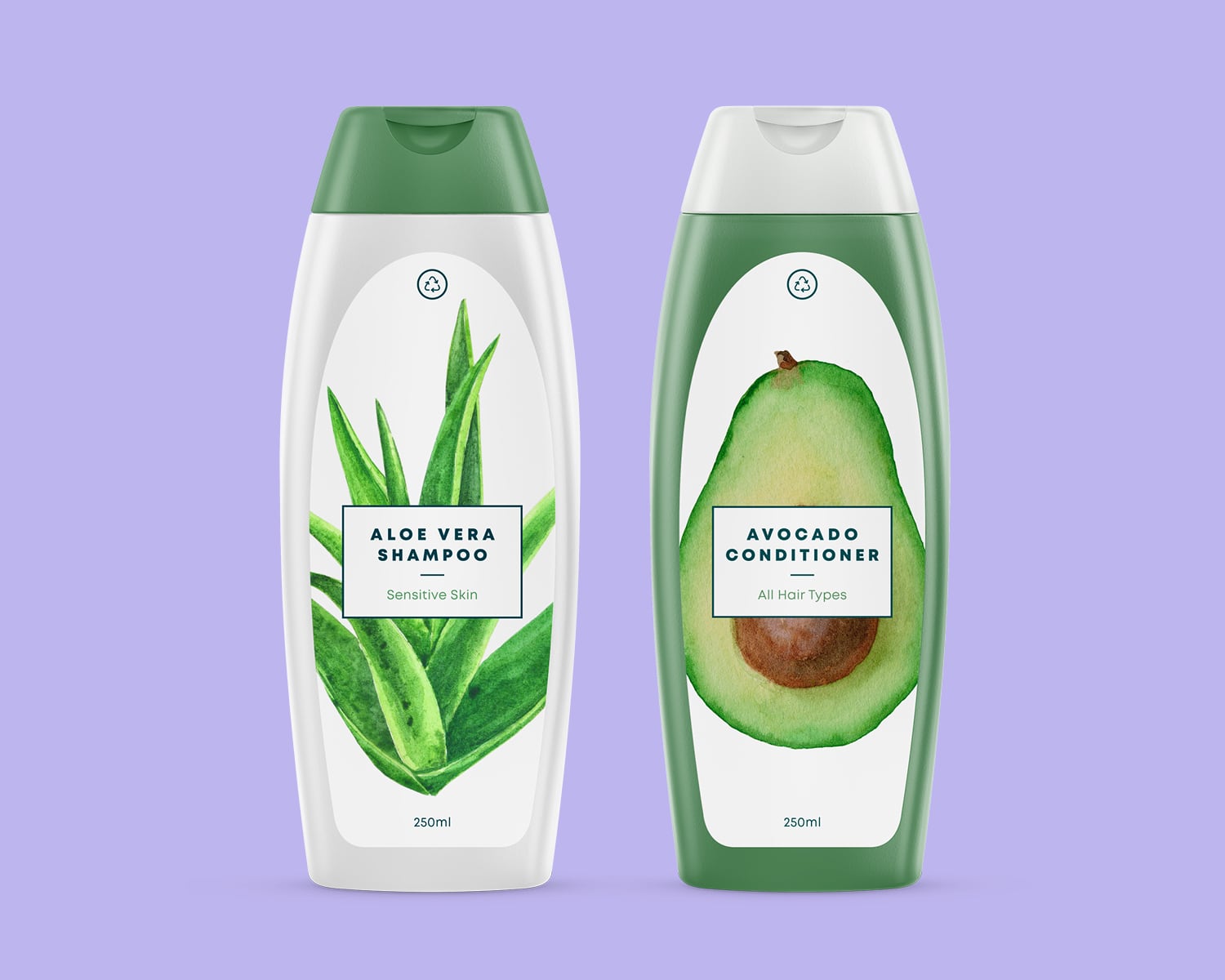Sustainable packaging is no longer a niche concern in the beauty industry. According to original research commissioned by global materials science and digital identification solutions company Avery Dennison, approximately 31% of consumers view “brands investing in sustainable packaging” as one of the top three ways to address environmental issues.
The white paper titled “Pressure-sensitive labels and their role in making packaging circular,” also reported that sustainable products accounted for 31% of consumer packaged goods (CPG) growth from 2013 to 2023, despite comprising just 18.5% of market share over that period.
In response to these shifting preferences and tightening regulations, packaging innovation has become a key strategy for cosmetics and personal care brands seeking to remain competitive. At the center of this shift is label and material science, where companies like Avery Dennison are working closely with brand partners to reduce environmental impact while maintaining product integrity and consumer appeal.
Communicating the value of sustainable packaging
With consumers reportedly willing to pay approximately 12% more for environmentally responsible packaging, clarity in communication is essential. “Beauty and personal care brands can communicate the value of their premium sustainable packaging with messaging on labels that highlights the packaging’s environmental and consumer experience benefits,” said Wautelet.
She noted that labeling should not only specify features like recyclability or refillability, but also offer details about environmental certifications and end-of-life impact. “Labeling that details environmental impact and sustainability certifications also builds consumer trust, and consumer education instills responsibility and pride.”
Reducing Scope 3 emissions through packaging innovation
Packaging may not be the largest contributor to scope 3 emissions in the personal care category, but the opportunity for reduction is significant. As defined by the EPA, scope 3 emissions are “the result of activities from assets not owned or controlled by the reporting organization, but that the organization indirectly affects in its value chain.”
Under this definition, according to Wautelet, “brands can significantly reduce their packaging environmental impact by focusing on material innovation.”
For example, she illustrated that solutions for stakeholders can lower energy consumption in production and transportation, and can be as simple as “reducing packaging weight and consolidating products in fewer packages.” Additionally, she noted that brands should also consider transitioning to recycled and renewable materials such as post-consumer recycled (PCR) plastics which would lower reliance on virgin resources.
She added that refill and reuse systems, paired with consumer education on recycling procedures, can enhance circularity and reduce contamination. “Exchanging best practices with value chain partners can lead to more sustainable sourcing, greater production efficiency, and collective emissions reductions,” she said.
Designing for circularity and shelf appeal
Avery Dennison’s sustainability guidance encourages cosmetics brands to adhere to Design for Recycling (DfR) principles. But Wautelet emphasized that sustainable design must also meet brand and aesthetic expectations. “Our white paper points out that ‘packaging can be eco-friendly, designed according to Design for Recycling (DfR) principles, and made with sustainable materials,’” she said.
“Package labeling should be visually appealing, with special attention to colors and typography,” she added. “A label’s attractive print and finishing will enhance a cosmetic product’s overall appearance and shelf appeal.”
Partnering for innovation in labels and smart packaging
To support beauty brands on this journey, Avery Dennison is co-developing label solutions with design and technology partners. “We collaborated with Mucho, a global branding agency, on the Zero Waste Beauty inspiration envelope,” Wautelet said. “This EcoDesign sample-set features seven sustainable label solutions for beauty brands.”
Smart labeling technologies, particularly radio-frequency identification (RFID), are also gaining traction. “Radical improvements in inventory management afforded by RFID enable brands to optimize their production, ultimately reducing excess and waste, improving both the bottom line and brand trust,” she said.
Navigating regulation through ecodesign and collaboration
As global regulations surrounding packaging become more stringent, such as the European Packaging and Packaging Waste Regulation (PPWR), cosmetics brands are under increasing pressure to align with sustainability mandates.
Wautelet recommended an integrated and collaborative approach: “Brands can reach out to suppliers and experts like Avery Dennison who have a global footprint and understand regional differences for guidance and recommendations on recycling infrastructure processes and legislation.”
She added that compliance requires evaluating every packaging component. “Manufacturers and suppliers need to sustainably manage every component of a package, from its cardboard or paper or plastic container to the adhesives on its labeling,” she said.
Aligning ESG strategy with consumer expectations
Wautelet stressed that packaging sustainability should not exist in isolation. “Cosmetics companies should take a holistic approach and align their broader ESG strategy with their brand strategy and consumer values and preferences,” she said.
“Innovating with refillable and minimalist packaging, enhancing transparency, and encouraging consumer engagement are all essential,” Wautelet concluded. “Clear label messaging about the packaging’s recyclability and sustainability empowers consumers to make informed choices.”





